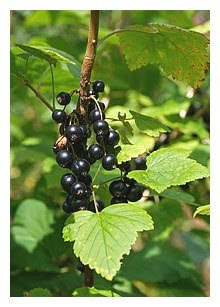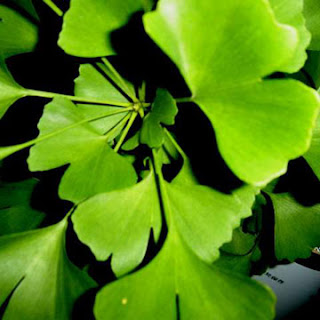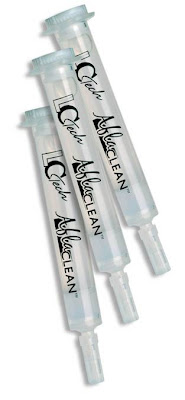Our New Method Abstract, MA 239, describes the Simultaneous Analysis of Vitamins B1, B2, B3, and B6 using post-column derivatization.
B vitamins are a group of water soluble vitamins that play an important role in cell metabolism. This group consists of a number of compounds including Thiamine (Vitamin B1), Riboflavin (Vitamin B2), Niacin and Nicotinamide (Vitamin B3) and Pyridoxine and Pyridoxal (Vitamin B6). B vitamins are found in plant and animal food sources, such as legumes, nuts, green leafy vegetables, red meat and poultry. Many commercial food products are fortified with vitamin B complex and people could take multi-vitamins supplements to help fight vitamin B deficiencies.
Pickering Laboratories offers a method for simultaneous determination of Vitamins B1, B2, B3 and B6 in supplements and protein powders. The method uses chemical and photochemical post-column derivatization with Fluorescence detection that increases sensitivity and selectivity of analysis. Photochemical derivatization required for Niacin and Nicotinamide and chemical derivatization is needed for Thiamine. Vitamins B2 and B6 have natural fluorescence.
METHOD Overview. (to download the complete Method Abstract click HERE)
Instrument set up
Connect the instruments in the following order:
– Pinnacle PCX post-column derivatization instrument
– UVE™ photochemical reactor
– Fluorescence detector
Sample Preparation
For protein powders:
To 0.5 g of samples add 50 mL of extraction buffer (0.1 N NaOH adjusted to pH 2 with Phosphoric acid). Homogenize using hand held homogenizer for 30 sec and heat on a water bath at 100 ºC for 30 min. Cool the solution down, filter through 0.45 um nylon filter and inject. Protect from light.
For multi-vitamins supplements tablets:
Blend at least 10 tablets to a fine powder and mix the entire sample thoroughly. Weigh 250 mg of sample and add 90 mL of DI water acidified to pH 2.6 with 0.1 N HCl. Stir using magnetic stirring plate for 2 hours, protecting from light. Make the volume up to 100 mL with acidified water. Filter the sample through a 0.45 um nylon filter and inject. Protect from light.
Analytical Conditions
Analytical Column: Thermo Hypersil, Aquasil C18 (4.6×150 mm)
Column Temperature: 40 ºC
Flow Rate: 1 mL/min
Mobile Phase:
Solvent A: Potassium Phosphate Monobasic in DI water, adjusted with KOH, brought to 1L DI water.
Solvent B: Acetonitrile.
Post-column Conditions
Post-column Derivatization System: Pinnacle PCX and UVE Photochemical Reactor
Reactor Volume: 0.5 mL
Reactor Temperature: 30 ºC
Reagent: Sodium Hydroxide in DI water, with Sodium Sulfite
Detection: FLD














